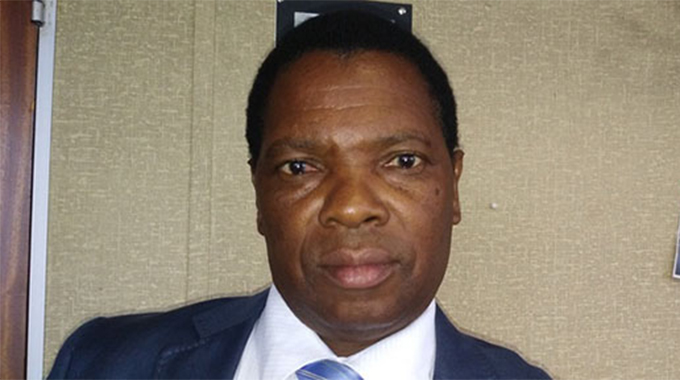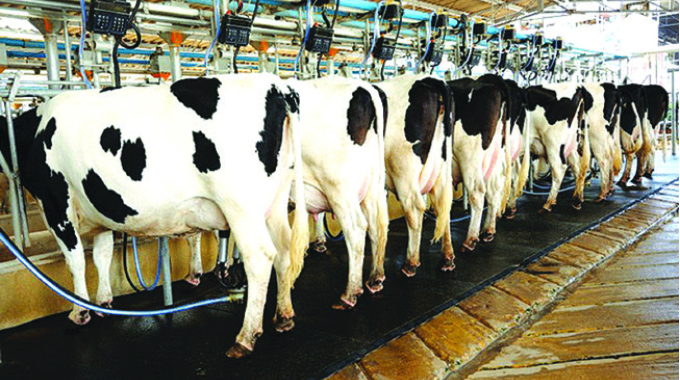Zimbabwe’s electricity access rate moves to 53pc

Business Reporter
Zimbabwe’s electricity access rate stood at 53 percent of the population in 2020, with 86 percent of those with access being in urban areas while 14 percent are in rural areas, latest data shows.
This comes as the country has been on a drive for rural electrification, but the pace has been slower than initially planned.
In 2002, the Zimbabwean Government established the Rural Electrification Fund with the mandate to facilitate rapid and equitable electrification of rural areas in Zimbabwe.
The Rural Electrification Agency (REA) is targeting to electrify 370 grid projects around the country this year at an estimated cost of $2,5 billion, the parastatal’s spokesperson Johannes Nyamayedenga told Herald Finance & Business.
“In 2022, the target is to electrify 370 grid projects and the estimated cost is $2,5 billion. So far, since January we have already completed 60 projects. Some are still in progress in various provinces,” he said.
Last year, the parastatal had targeted to electrify 430 projects but they managed to complete 233.
To date, REA has now provided electricity to 59 percent of primary schools, 70 percent of secondary schools and 85 percent of rural health centres in the country
In its Tracking SDG 7: The Energy Progress Report 2022, the International Renewable Energy Agency (IRENA) revealed that the country’s total electricity rate in 2000, 2005, 2010 and 2015 was 34 percent, 36 percent, 39 percent and 34 percent.
One of the country’s biggest trading partners, South Africa, saw its electricity access rate at 84 percent in 2020. The electricity access rates for Zambia and Botswana stood at 45 percent and 72 percent respectively.
In July 2019, the African Development Bank (AfDB) highlighted that the country needs US$34 billion over the next decade to restore its road, rail, aviation, energy, ICT and water and sanitation infrastructure to proper working conditions. This means that the country requires US$3,4 billion annually from 2020 to 2030.
Sub-Saharan Africa remained the least electrified region, according to the report.
“Among people without access to electricity, 77 percent —about 568 million people—lived in Sub-Saharan Africa in 2020,” reads the report.
“Electricity access in that region rose from 46 percent in 2018 to 48 percent in 2020, an annual growth rate of 1 percentage point. However, Covid-19 was anticipated to undermine the pace of progress in the region.”
IRENA revealed that between 2020 and 2030, the connection rate needs to reach an average of 100 million a year, including 80 million in Africa, where the rate of new connections needs to triple.
This comes as the access deficit in Sub-Saharan Africa has nearly doubled since 1990. It rose by more than 50 percent since 2000, reaching a total of 923 million (898–946) people in 2020, according to the report.
About 75 percent of the world’s rural population without access lived in Sub-Saharan Africa.
“Starting from this low base of access, the pace of electrification was faster in rural areas than in urban areas over the past decade,” it said.
Globally, the urban access rate has been much higher at 97 percent since 2016.
“The urban access rate grew faster in Sub-Saharan Africa than in any other region, with annual growth of 1 percentage point between 2010 and 2020, though starting from a significantly lower rate than other regions.”
Globally, 91 percent of the population had access to electricity in 2020, leaving 733 million people unserved. Despite progress over the last decade, IRENA said the pace of progress has been decreasing due to the complexity of reaching the remaining unserved populations and the impacts of Covid-19.











Comments